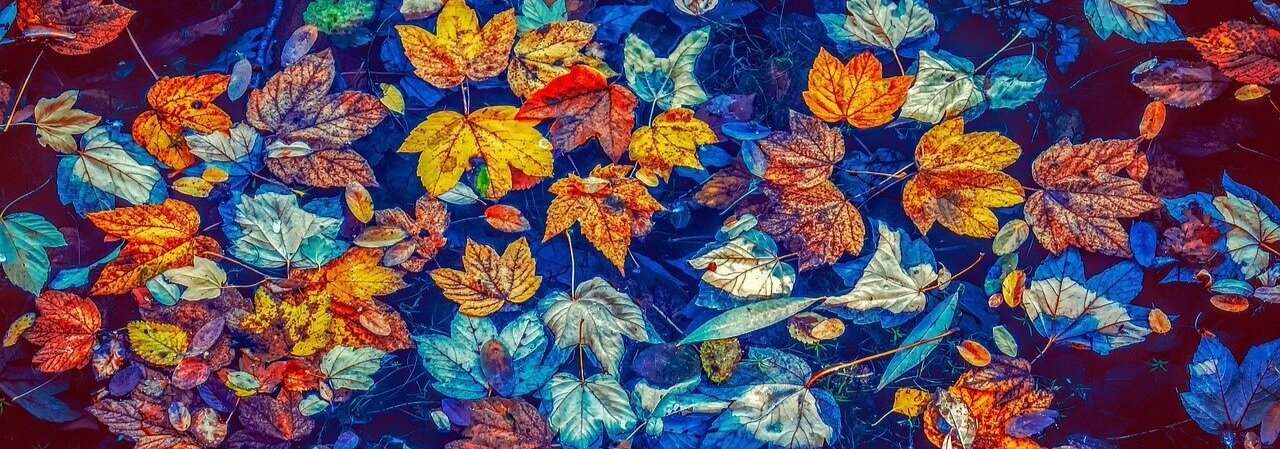The poem “Cross-Kingdom Transplant” was inspired by actual science—an article, titled “Crossing kingdoms: Using decellularized plants as perfusable tissue engineering scaffolds,” published in Biomaterials in May 2017, and the subsequent Popular Science story that showed a video of a decellularized spinach leaf carrying, what I assume to be, water dyed red to look like blood.
Many of my poems borrow from cutting-edge science—from discoveries that I find almost unbelievable, discoveries the scientific community may not yet be ready to embrace fully. I like to stay surprised by science, to think about how science, too, is a human construct and therefore its “truths” tell us a lot about what we are willing to believe in any given time period. Scientific facts have been used through the years to justify racism and to discredit Indigenous belief systems, and have also been used to cure diseases and rehabilitate ecosystems. Science isn’t inherently good or bad, but fallible and imperfect, like any human creation. Because what is true changes as time passes, I insist on staying slightly skeptical of scientific “fact,” while simultaneously opening myself to the most radical scientific possibility, and I think poetry is the perfect place to explore the tension between belief and disbelief.
Because the science in this poem is already sort of unbelievable, one of my biggest concerns was honoring the actual science accurately, as well as honoring the language of science—the sounds of the words—to stay with reality as much as possible. I want the reader to feel like I’m pushing reality, not taking a giant leap outside of it, and that starts with using authentic language found in the article and describing the processes in as much detail as possible, while still creating imagery and using line breaks to make that language and those processes feel more poetic. For a long time, my mentor and I went back and forth with this poem, with him trying to cut out process descriptions while I insisted they stay, because they help ground the poem. I was trying to cement as much belief in the reader as I could from the very beginning, and I felt that I had to show that I understood the science first and foremost, in order to suspend disbelief.
While the science described by this article and video is very real, I also imagined carrying the idea of tissue engineering scaffolds further into the future, into their possible implications, to amplify wonder and play with disbelief. How far could I go with this science before what I imagined would no longer be possible? What might be possible, in the future of this scientific discovery, that isn’t possible yet? Would there someday be whole hearts built out of plant tissue?
I also brought it home to a backyard garden, to make it more tangible. How real and everyday could I make this science feel? What if one of those hearts were inside me? What if it were built from plants that I myself grew?
I don’t just think pushing the reality of science, using imagination and poetry, is fun—I think it’s vital. We have to be able to imagine future worlds, future possibilities, that are beyond our immediate understanding. Imagining future technologies is only one piece of that puzzle. I don’t believe that the world will be saved by technology alone. Pushing the reality of science is also about questioning a colonial system, a system that we depend on and have to use wisely if there is to be any sort of survivable future, but also a system that is too often hierarchical and atomistic. I’m not just asking the readers of this poem to believe something that is difficult to believe, I’m asking them to see science differently—as something that we can take all the best parts of to use, while leaving what is no longer useful behind.



